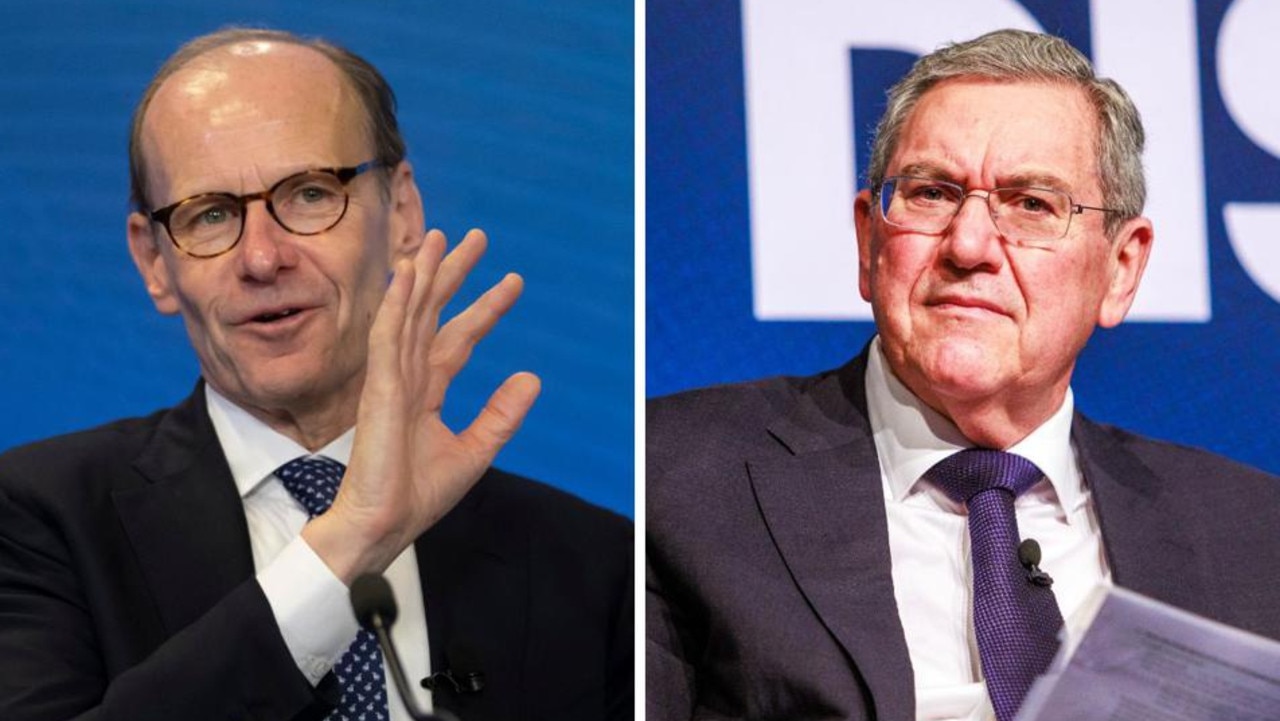CBA growing more confident of an early interest rate cut
Commonwealth Bank is the only major expecting an RBA cut by December. Now it’s more confident than ever in that view.

Business
Don't miss out on the headlines from Business. Followed categories will be added to My News.
Official inflation data later this month may have the final say on whether the Reserve Bank will be in a position to lower interest rates by year end — but CBA has become more confident that disinflation is happening faster than the RBA expected when its hawkish rhetoric peaked in August.
The possibility of interest rate cuts by year end was a popular view among economists and traders earlier this year as US disinflation resumed and other central banks started easing monetary policy.
But even with the US Federal Reserve delivering an outsized 50 basis point cut last month and rate cuts continuing in most other Western economies including New Zealand, few now expect the Reserve Bank to cut rates until February after its hawkish rhetoric in recent months.
CBA is the only major bank still expecting the RBA to cut interest rates by year end.
Market pricing has shifted out significantly in recent months.
A rate cut by December is now seen as only a 40 per cent chance, partly due to the RBA’s guidance but also due to stronger than expected US employment data.
Until recently the market was confidently pricing in a rate cut by December.
Based on the RBA’s guidance economists have been flagging February as the most likely start date.
But as of Monday a full 25 bps cut wasn’t fully expected until April.
The market has priced in 50 bps of cuts by July 2025 and 75 bps by the end of 2025.
However after the RBA stopped considering a rate hike last month Australian consumer sentiment soared this month to the highest point in over two years according to Westpac.
RBA board meeting minutes for September repeated that “monetary policy would need to be sufficiently restrictive until members were confident that inflation was moving sustainably towards the target range”. But in a dovish twist, the RBA board deleted a line used in August that “it was unlikely that the cash rate target would be reduced in the short term.”
CBA head of Australian economics, Gareth Aird, points to surveys showing the “desired disinflationary process has gathered momentum”, but awaits the official CPI inflation data for the June quarter to confirm his assessment. The data are due for release on October 30.
He notes a sharp fall in the Melbourne Institute Inflation Gauge, NAB’s final prices gauge in its Monthly Business Survey, and output prices in the S&P/Judo Bank Purchasing Managers’s Index, as well as a sharp drop in advertised rental growth rates that was noted in the RBA minutes.
The ABS monthly CPI indicator posted a welcome drop in August and a downturn in CBA’s internal wages model added to a growing body of evidence that wage pressures are moderating in line with a gradual loosening in the labour market. Consumer inflation expectations are trending lower.
“All of the series we monitor indicate to us that the disinflationary process has gathered momentum over the September quarter,” Aird says.
Rather than set a target on how many gains in the labour market it can preserve, the RBA is aiming to sustain the maximum level of employment that is consistent with the price stability mandate of 2-3 per cent consumer inflation over time.
“If inflation falls faster than anticipated, the labour market may not need to loosen much further as a lower than assumed unemployment rate might be consistent with the inflation target,” he said.
“In many respects the lack of a numerical target around what constitutes full employment puts the spotlight firmly on the inflation target and by extension the inflation data.”
While the quarterly inflation report from the official statistician trumps any other consumer prices data when it comes to the monetary policy debate, there is a host of other monthly prices data that provide timely signals on how the inflationary pulse is travelling.
“All of the series we monitor indicate to us that the disinflationary process has gathered momentum over the September quarter,” Aird says.
Consumer demand growth has weakened over the past 18 months. Real household consumption growth has been “incredibly weak” and spending per capita has been in trend decline over that period. Against this backdrop, consumer inflation should be expected to fall.
As Aird points out, inflation is a lagging indicator and some components of inflation in Australia have been elevated due to idiosyncratic factors like rents and insurance.
There are also many administered prices in the CPI whereby price changes have been propped up because prices growth is linked to prior inflation outcomes, yet administered prices growth is “backward looking” and set to slow 2025 as inflation comes down.
CBA expects a 0.7 per cent on-quarter rise in the trimmed mean CPI for the September quarter.
Such an outcome would take the six-month annualised pace of underlying inflation to 3 per cent — the top of the RBA’s target band.
“The case to not start normalising the cash rate would weaken significantly with six-month annualised core inflation at about 3 per cent, headline inflation within the target band and the unemployment rate on its gradual upward trend,” Aird says.
Originally published as CBA growing more confident of an early interest rate cut



